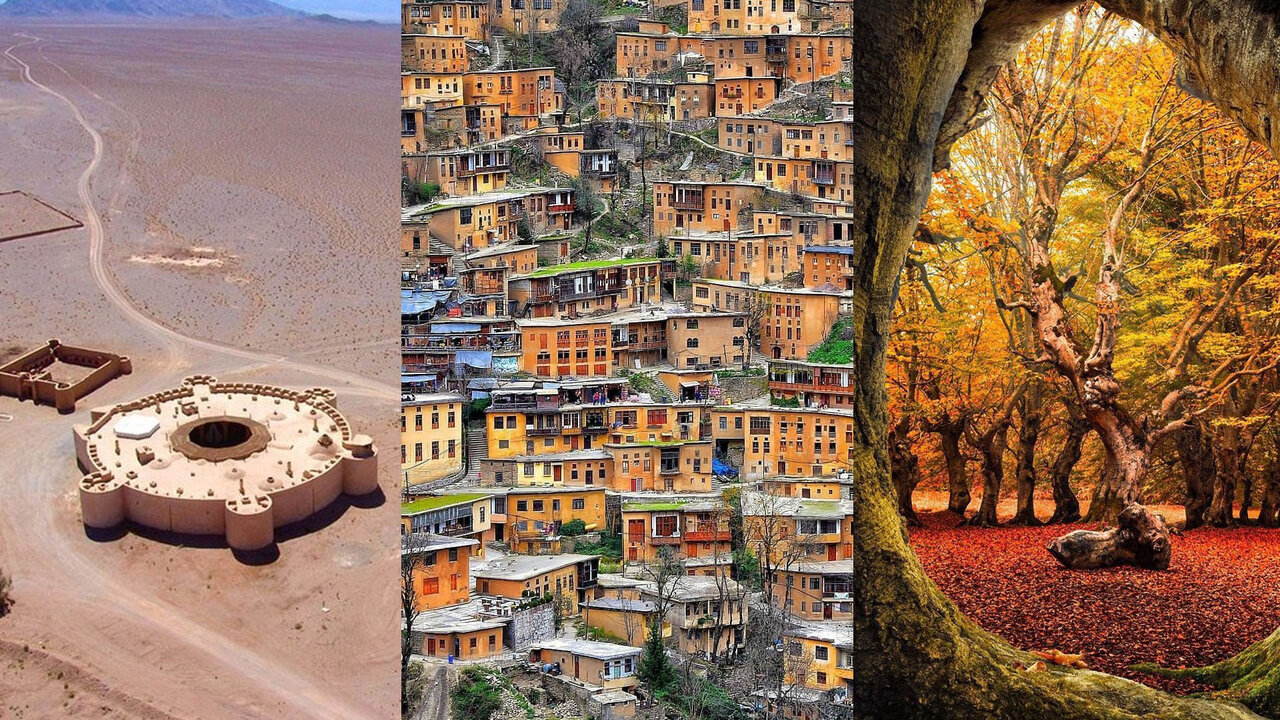Iran eyes new UNESCO labels as World Heritage committee is to vote in Riyadh

TEHRAN — Having 26 World Heritage labels, Iran has put forward its Persian Caravanserai and the Cultural Landscape of Masouleh as new candidates for inclusion in the prestigious cultural heritage list.
Moreover, the Islamic Republic and Azerbaijan have nominated their shared Hyrcanian Forests, which is an extension of the same property that was inscribed solely for Iran in 2019.
The nominations will be assessed for UNESCO tags in the 45th session of the World Heritage Committee, which will take place in Riyadh from September 10 to 25.
The World Heritage Committee, composed of representatives from 21 states, will be examining a wide variety of proposals wishing to place their sites on the World Heritage list.
Moreover, the committee is set to examine the state of conservation of 260 sites already inscribed on the World Heritage list, 55 of which are also on the List of World Heritage in Danger.
Persian Caravanserai
Caravanserais are one of the most important forms of traditional Iranian architecture that emerged and created a cause of routes development and needs to be related to the travel’s demands and requirements.
In this file, there are 25 caravanserais, from all over Iran under the name of Persian Caravanserais, which are selected from hundreds of such inns.
Caravanserais were usually a place that provided safety for caravans and travelers against natural risks like rain, snow, storms, and floods, or from the danger of robbers on the roads.
That’s why the majority of caravanserais enjoyed a fortress-like structure. In fact, the type and other characteristics of different caravanserais also indirectly represent the safety of roads, the wealth of people, and the trade boom or the authority of government at the time of construction.
There are hundreds of caravanserais across the country, which are protected under the national law as a national inventory. Most of them are located beside the new and old roads.
Cultural Landscape of Masouleh
The Cultural Landscape of Masouleh is dominated by a scenic village of the same name, which is famed for its Lego-shaped earthen houses built on another’s rooftop.
So far, nearby mountains have yielded important clues about early human life, probably occupied by ancient herders and nomads at least since the late Bronze Age.
According to Fereidoun Biglari, a Paleolithic archaeologist at the National Museum of Iran, the discovery of stone artifacts on these highlands indicates that the area was seasonally visited by prehistoric human groups.
Moreover, the existence of numerous graveyards inner and outside of the village proves its old texture.
Surrounded by green valleys, misty forests, and 3,000m peaks, Masouleh is the ultimate trekking destination in Iran, offering several trails that include both day treks and multi-day treks. Close to the peak, the landscape turns from misty forests to vast green, gorgeous meadows covered in blankets of flowers, a stream, and a few more shepherd shacks, like in a fairy tale.
Hyrcanian Forests
Hyrcanian (Hirkan) Forests form a green arc of deciduous mixed broad-leaved forests stretching across some 850 kilometers along the Caspian Sea, from the Talish Mountains in the Republic of Azerbaijan across the Alborz Mountains all the way to Iran’s Golestan province.
As the main climatic barrier and watershed between the Caspian Sea and the arid Irano-Turanian Plateau, the steep ridges of the Talish and Alborz mountain systems serve as an insuperable barrier of moist air accumulated above the Caspian Sea. As a result, there is ample precipitation feeding many rivers and creeks rapidly flowing down steep slopes and mountain gorges into the Caspian Sea. Thus, the Hirkan Forests (sometimes also referred to as “Caspian Forests”), are metaphorically squeezed in between the “claws” of the Caspian Sea and arid drylands.
The forests are geographically separated and biogeographically distinct from Caucasus mountain forests, but linked with the latter by transition types found in Iran’s Dizmar Protected Area.
Due to highly particular topographic and climatic conditions, the Hirkan Forests survived the ice age periods as an extremely rare “Tertiary relict forests” and have subsequently been adapting to the postglacial climate changes.
AFM
Leave a Comment